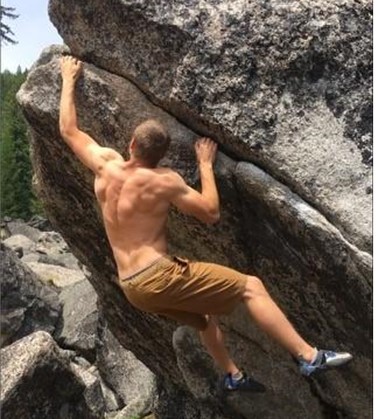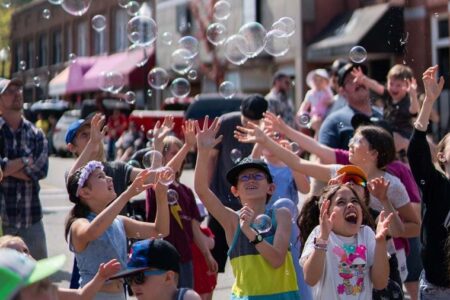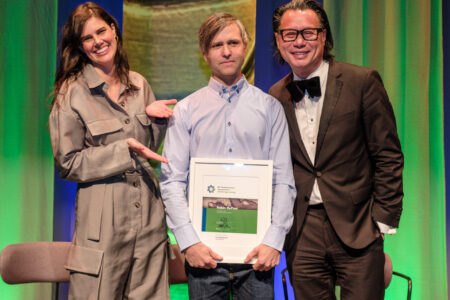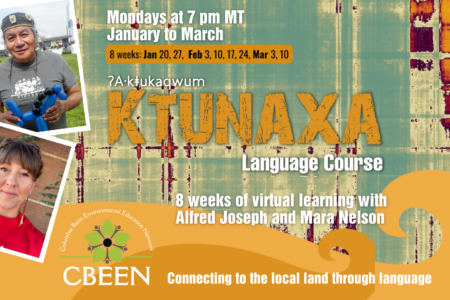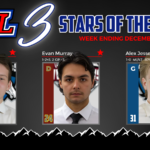Seven Summits: Mountains to Climb
“Being physically healthy is not expensive! Being injured is!”-Joerg Teichmann.
Living in the mountains provides for regular participation in outdoor activities. Doing sports like mountain biking, golfing, trail running in the summer and skiing, snowboarding, skating in the winter are the tip of the iceberg. However, with numerous sports comes multiple opportunities for injury.
Injuries can be acute or cumulative. Acute, or sudden, injuries have a specific beginning, like a broken bone, sprain, or strain. But cumulative injuries stem from overuse, and they happen over time, which makes them harder to diagnose and treat. Accurately identifying kinetic issues and providing solutions is just one part of the important job of rehabilitation therapists. Once patients understand the ‘why,’ it is a natural progression to teach them the ‘how’ to return to health.
The pain associated with an injury is only one part of the treatment process. For any remedy to be effective, accurate evaluation to isolate the problem and rehabilitate it through sound solutions is critical. Corrective exercise and proper training techniques to avoid future injuries are essential. The medical team tasked with this rehabilitation may include Sports & Athletic Therapists.
“I have spent a lot of time in physiotherapy, chiropractic, and rehabilitation,” says Finn Strachan, a senior student at Seven Summits Centre for Learning who has been accepted into the Sports & Athletic Therapy program at Camosun College in Victoria B.C. “My mom was a massage therapist, so I have always been curious about kinesiology and human movement functions.”
The Sports & Athletic Therapy program offers two disciplines in one program: Athletic Therapy and Exercise Physiology. This unique four-year program focuses on teaching injury prevention, assessment, treatment, and management. “As a gymnast and boulderer who participates in all the outdoor fitness options in Rossland, I have suffered many injuries. I had a helpful medical team to help me rehabilitate to do my hobbies to stay fit. I want to do the same for others and aspire to be part of a medical team when I graduate.”
Once Strachan completes the program and takes the exams for the professional certification, he will become an integral part of the Centre for Sport & Exercise Education. As a Certified Athletic Therapist, he will work with athletes and athletic teams. Being responsible for assessing injuries and conditions to promote optimal healing and safe reintegration into an active lifestyle, Strachan will learn anatomy, therapeutic modalities, and contemporary methods, including soft tissue mobilization, postural evaluation, workout techniques, physical reconditioning, and supportive strapping procedures.
As a Clinical Exercise Physiologist, Strachan will also work with sedentary individuals who have illness and disease from lifestyle factors. By conducting fitness and health assessments, he would use the information to prescribe and supervise individualized or group exercise programs. Strachan could offer counselling on fitness and health for people with chronic diseases like diabetes, heart disease, obesity, osteoporosis, and hypertension.
This program offers hands-on learning and an internship through field placement in the second year. There are many employment opportunities and advanced degree options. Strachan aims to help people return to their sports of choice by rehabilitating and designing conditioning programs. “I believe hobbies are to keep fit, not that fitness should be a hobby! We have mountains to climb.”


